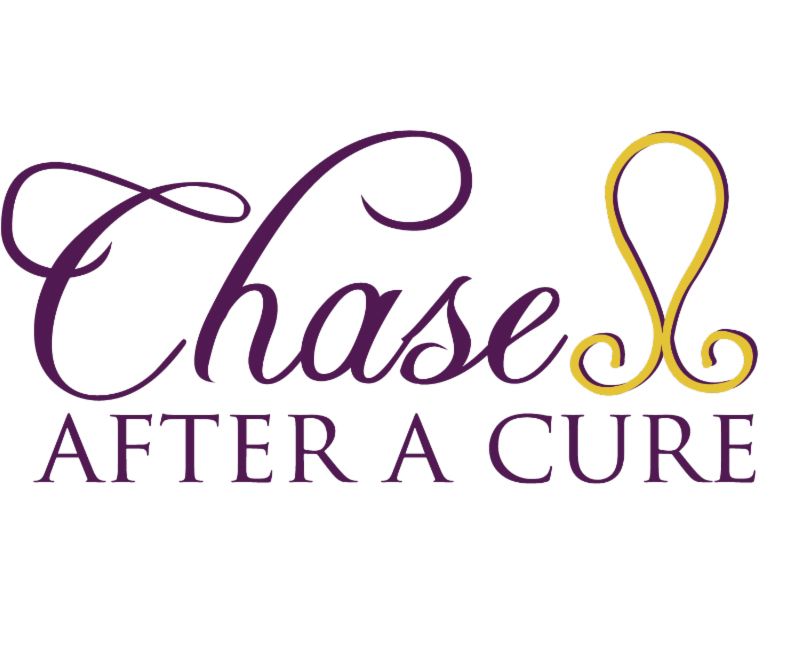Article
Chase After a Cure Stands Up to Childhood Cancer
Author(s):

Cancer is the number one disease killer of children in the United States, with as many as 43 children diagnosed each day. Moreover, the numbers are growing, with the number of confirmed cases rising more than 24 percent in the last 40 years. However, despite efforts made to increase government funding, less than 4 percent of the National Cancer Institute’s allocation for funding is allotted towards childhood cancer research. So, clearly more needs to be done.
In 2009, Chase Ringler, a 3-year-old from Summerville, S.C., was diagnosed with stage 4 neuroblastoma. Neuroblastoma is a rare type of cancer, specific to children between the ages of one and five years old. Chase had only a 30 percent chance of survival, but he had other plans. Now a happy and energetic adolescent, he beat the disease despite the odds and survived. His survival marked a real miracle for the family.
However, when Whitney Ringler, Chase’s mom, and the rest of the family realized that a whopping 95 percent of childhood cancer survivors suffer from a chronic health condition due to their intense treatment, they knew that they had to find a way to help. They decided to create an organization that would contribute to increasing the chances of children with diagnoses growing into healthy adults by raising awareness and funding for childhood cancer research.
In 2009, Chase After a Cure (CAAC) was born.
“If it were not for research, I would not be here,” Chase stated at the organization’s 2016 Gala, a public event hosted each year to raise funding and awareness for the cause.
With CAAC, the Ringler family planted a seed of hope which has now grown into an official 501(c)(3) nonprofit organization, raising over $1 million since inception. Supported by a small group of volunteers, sponsors and healthcare providers, the charity continues to work tirelessly in its efforts.
“We cooperate closely with some of the most forward-thinking minds in cancer research medicine at the Medical University of South Carolina,” Whitney says. “We also collaborate with a selection of sponsors and brands to promote awareness, as well as with our small team of volunteers. They are all a vital part of our mission, and we would not be able to do it without them.”
With over 100 subtypes of childhood cancers diagnosed every day, it is through not only Chase’s story, but the stories of many other kids facing neuroblastoma, that Chase After a Cure continues to branch out as an organization and pursue their fight to find a cure. You can share in these successes, too, by becoming a part of the change in the chase to find a cure.
To become a volunteer or to make a donation, please visit Chase After a Cure's website.




